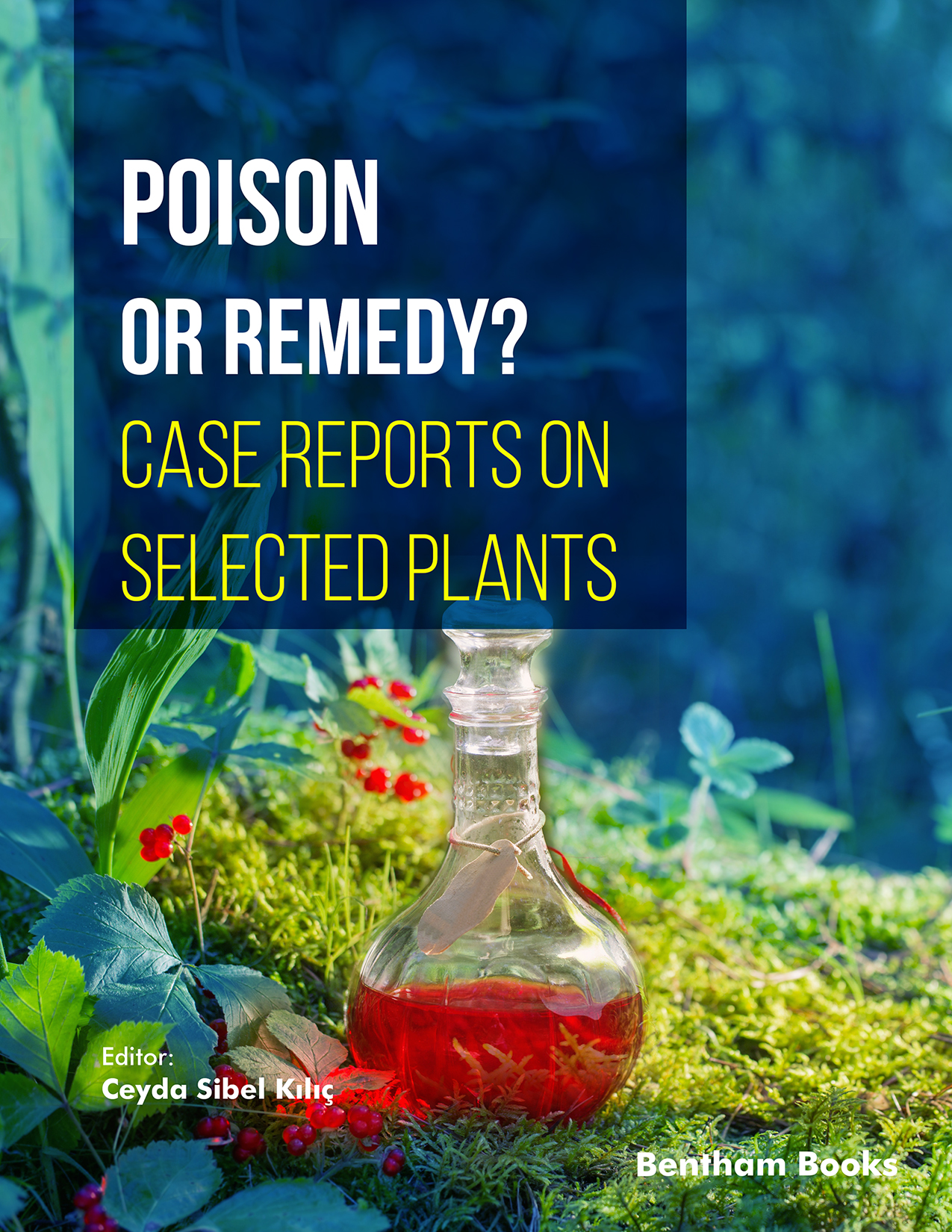Introduction
A fascinating exploration of widely used medicinal and culinary plants that straddle the line between healing and harm. Poison or Remedy? Case Reports on Selected Plants presents detailed botanical and phytochemical insights, highlighting the active compounds responsible for both therapeutic and toxic effects. The book draws on real-world cases from across the globe to examine how plant parts and preparations that are often used for health, culinary, or traditional purposes can lead to adverse outcomes when misused or misunderstood.
Featured plants include celery and Heracleum species with phototoxic effects, cinnamon rich in coumarins, tropane alkaloid–containing Angel’s Trumpet, colchicine-bearing Gloriosa and Colchicum, licorice, ivy, nutmeg, oleander, Syrian rue, rhododendron (mad honey), and the castor oil plant. Through these examples, the book underscores the delicate balance between medicinal potential and toxic risk.
Key Features:
- - Explores the dual nature of medicinal plants through global case reports.
- - Presents phytochemical structures of key bioactive and toxic compounds.
- - Highlights real-world implications of plant misuse in food, medicine, and cosmetics.
- - Combines scientific accuracy with readability for both experts and general readers.
- - Promotes awareness of plant safety, regulation, and responsible usage.
Target Readership::
Scientists, academicians, healthcare professionals, herbal researchers, and plant enthusiasts interested in understanding the fine line between the therapeutic and toxic effects of medicinal plants.

